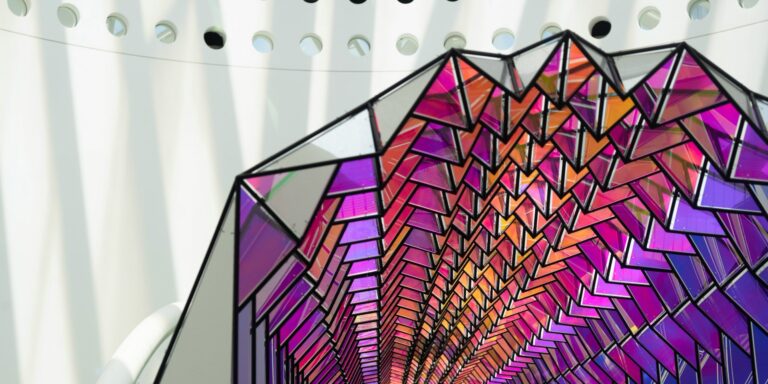On March 4, 2025, the San Francisco Museum of Modern Art (SFMOMA) unveiled a groundbreaking new exhibition, Reflections of the West, which showcases the diverse and ever-evolving representations of the American West. The exhibition runs through May and features works from contemporary artists whose unique perspectives on the region challenge traditional narratives while embracing themes of identity, land, and culture.
The exhibit features a range of mediums, from photography and video installations to large-scale paintings and sculptures. One of the standout pieces is a series of photographs by Tyler Haines, which document the impact of wildfires on California’s landscapes and communities. Haines’ work underscores the growing urgency surrounding climate change, focusing on the destructive consequences these fires have on both the environment and the people who call these places home.
Another remarkable installation is Elena Ruiz’s Desert Dreams, which explores the tension between the romanticized view of the American West and the realities faced by marginalized communities. Ruiz, a Mexican-American artist, incorporates personal narratives and cultural symbolism to critique the concept of “Western expansion” from an indigenous, Latinx perspective.
In addition to the art, the exhibition is complemented by a series of panel discussions and film screenings that address issues such as land ownership, conservation, and the cultural appropriation of Western iconography. Notable experts in the fields of environmental studies, Native American history, and contemporary art participated in these talks, offering rich dialogues that expand the themes presented in the artworks.
Reflections of the West is more than just an art exhibition; it is a bold, reflective conversation about the changing landscapes—both literal and metaphorical—of the American West. SFMOMA’s effort to bring forward diverse and complex voices reaffirms the museum’s role as a platform for meaningful discourse. With its focus on local and global perspectives, this exhibit challenges audiences to reconsider the region’s history and its future.



